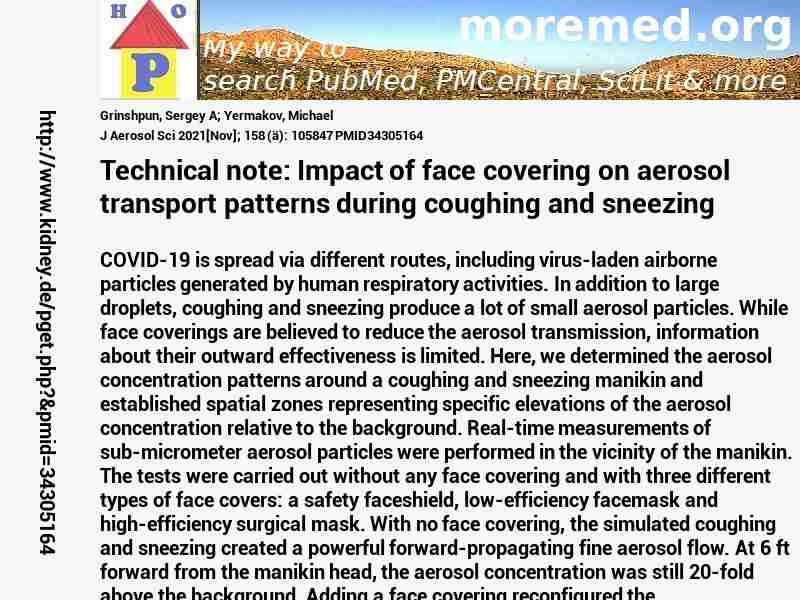
|
10.1016/j.jaerosci.2021.105847
http://scihub22266oqcxt.onion/10.1016/j.jaerosci.2021.105847

34305164!8279921!34305164
 free free
 free free
 free free
|  
Deprecated: Implicit conversion from float 213.6 to int loses precision in C:\Inetpub\vhosts\kidney.de\httpdocs\pget.php on line 534
Deprecated: Implicit conversion from float 213.6 to int loses precision in C:\Inetpub\vhosts\kidney.de\httpdocs\pget.php on line 534
Deprecated: Implicit conversion from float 213.6 to int loses precision in C:\Inetpub\vhosts\kidney.de\httpdocs\pget.php on line 534
Deprecated: Implicit conversion from float 213.6 to int loses precision in C:\Inetpub\vhosts\kidney.de\httpdocs\pget.php on line 534
Deprecated: Implicit conversion from float 213.6 to int loses precision in C:\Inetpub\vhosts\kidney.de\httpdocs\pget.php on line 534
Deprecated: Implicit conversion from float 213.6 to int loses precision in C:\Inetpub\vhosts\kidney.de\httpdocs\pget.php on line 534
Warning: imagejpeg(C:\Inetpub\vhosts\kidney.de\httpdocs\phplern\34305164.jpg): Failed to open stream: No such file or directory in C:\Inetpub\vhosts\kidney.de\httpdocs\pget.php on line 117
 J+Aerosol+Sci 2021 ; 158 (�): 105847 J+Aerosol+Sci 2021 ; 158 (�): 105847
Nephropedia Template TP
gab.com Text
Twit Text FOAVip
Twit Text #
English Wikipedia
|
Technical note: Impact of face covering on aerosol transport patterns during coughing and sneezing #MMPMID34305164Grinshpun SA; Yermakov MJ Aerosol Sci 2021[Nov]; 158 (�): 105847 PMID34305164show ga
COVID-19 is spread via different routes, including virus-laden airborne particles generated by human respiratory activities. In addition to large droplets, coughing and sneezing produce a lot of small aerosol particles. While face coverings are believed to reduce the aerosol transmission, information about their outward effectiveness is limited. Here, we determined the aerosol concentration patterns around a coughing and sneezing manikin and established spatial zones representing specific elevations of the aerosol concentration relative to the background. Real-time measurements of sub-micrometer aerosol particles were performed in the vicinity of the manikin. The tests were carried out without any face covering and with three different types of face covers: a safety faceshield, low-efficiency facemask and high-efficiency surgical mask. With no face covering, the simulated coughing and sneezing created a powerful forward-propagating fine aerosol flow. At 6 ft forward from the manikin head, the aerosol concentration was still 20-fold above the background. Adding a face covering reconfigured the forward-directed aerosol transmission pattern. The tested face coverings were found capable of mitigating the risk of coronavirus transmission; their effectiveness is dependent on the protective device. The outward leakage associated with a specific face covering was shown to be a major determinant of the exposure level for a person standing or seating next to or behind the coughing or sneezing "spreader" in a bus/train/aircraft/auditorium setting. Along with reports recently published in the literature, the study findings help assess the infectious dose and ultimately health risk for persons located within a 6-ft radius around the "spreader."�
  
DeepDyve
Pubget Overpricing | 
|